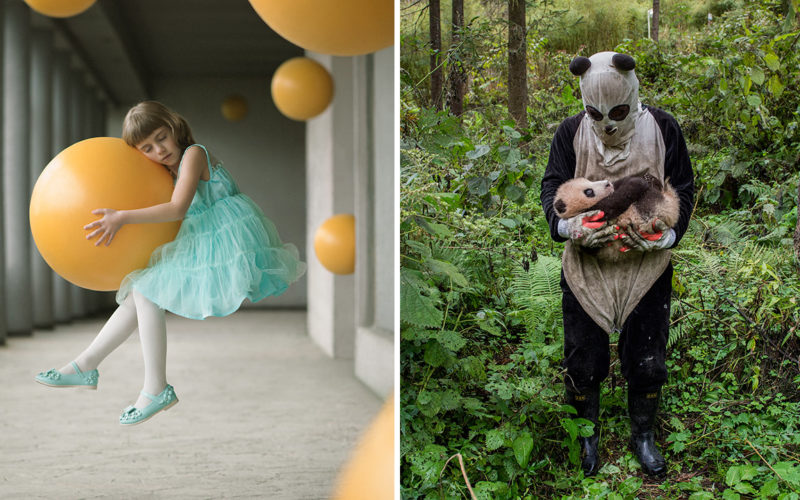- 1.5Kshares
- Share
- Tweet
- Facebook Messenger
They say a picture is worth a millions words and it stands true if you have an eye for art. One of the world’s largest and most extensive photography competition, 2017 Sony World Photography Awards, has released the shortlisted entries out of the 227,596 images it received. And, in no way am I exaggerating, they are superb shots, each worthy of winning.
Open to the world, this year the producers i.e World Photography Organisation, have seen participation from as many as 49 countries, which are represented on the shortlist. Divided into four categories – Professional, Open, Student and Youth competitions – the motto to shine “a spotlight on the medium of photography and the beauty of its art” is pretty clear.
Here, take a look at our best 25 picks from the shortlisted entries.
1. “Mourning Ceremony” by Emrah Karakoç
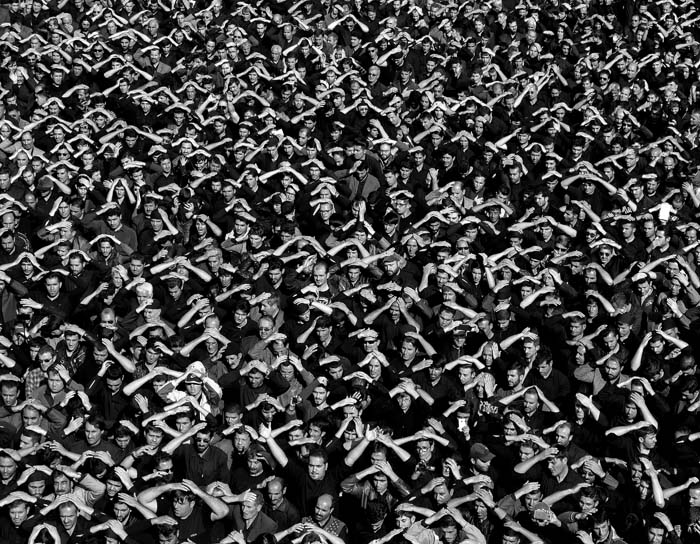
A photo taken at the events of the Iran people’s mourning ceremony.
Shot date 11 October 2016/16:40
2. “Georgian Baptism” by Beniamino Pisati
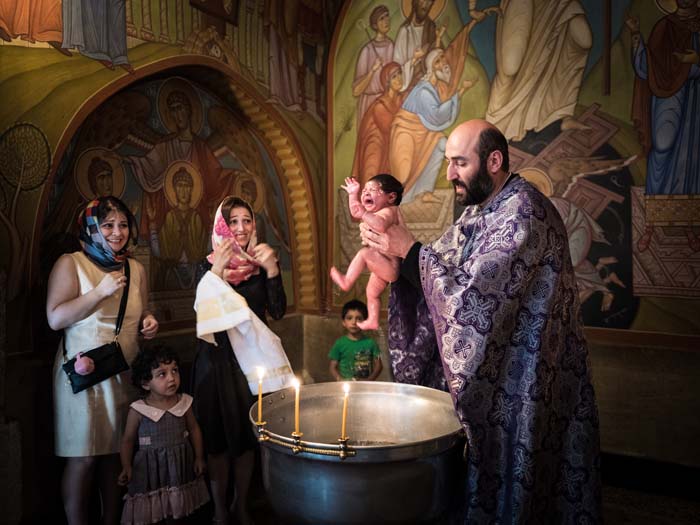
3. “Far from gravity” by Alex Andriesi
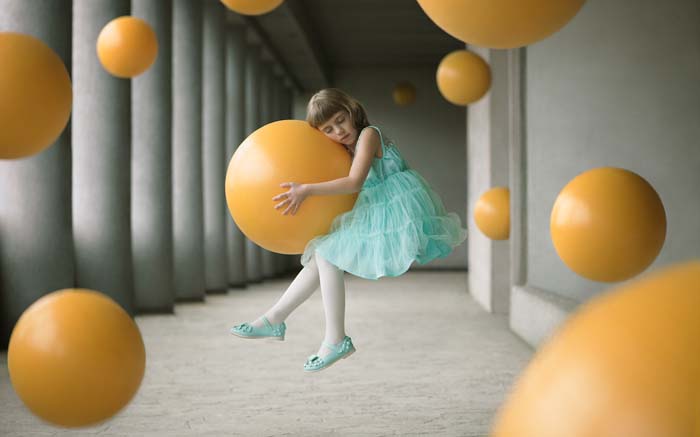
4. “Moody” by Ann Ric

5. “Diamond-Dust” by Masayasu Sakuma
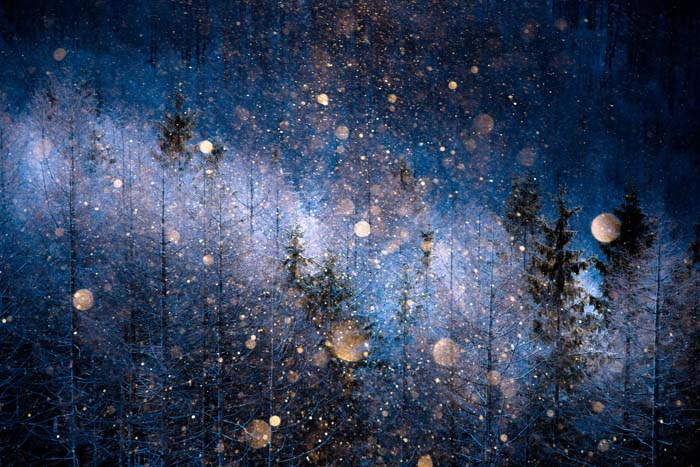
6. “Buffaloes and stars” by Andreas Hemb
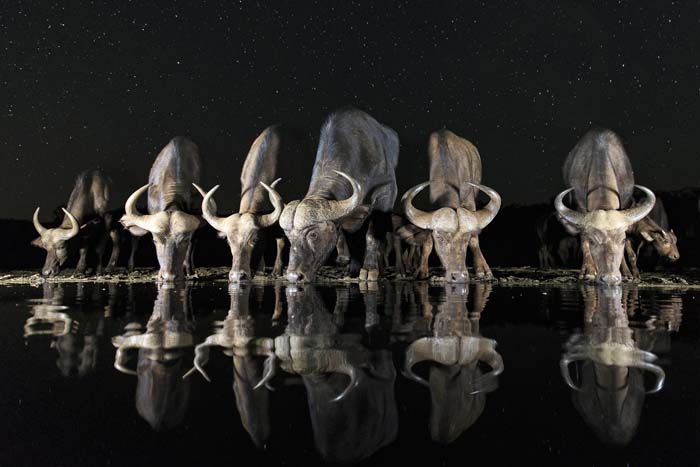
7. “Algo casual 2” by Carloman Macidiano Céspedes Riojas
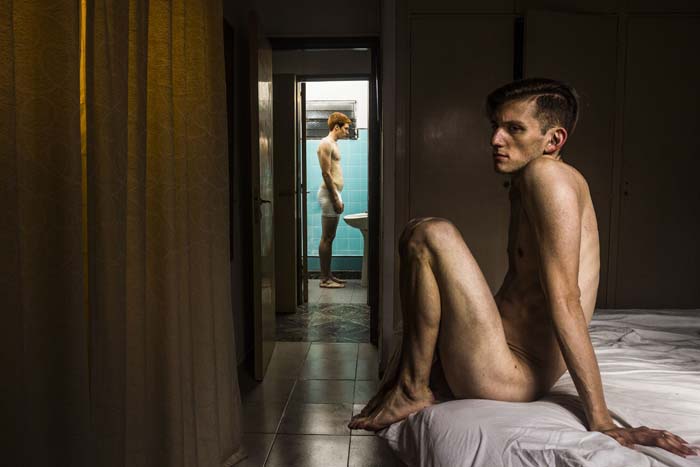
8. “Metropolis” by Tavepong Pratoomwong
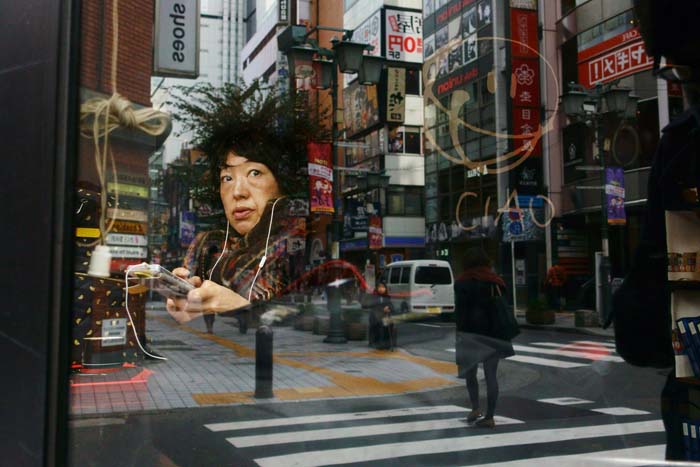
9. “Lady in Red” by Placido Faranda
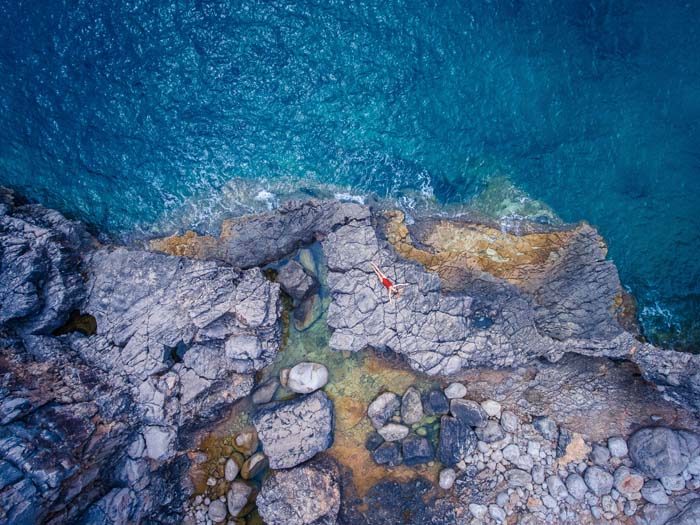
Model: Nevena Mirković
10. “We are taking no prisoners” by Alessio Romenzi
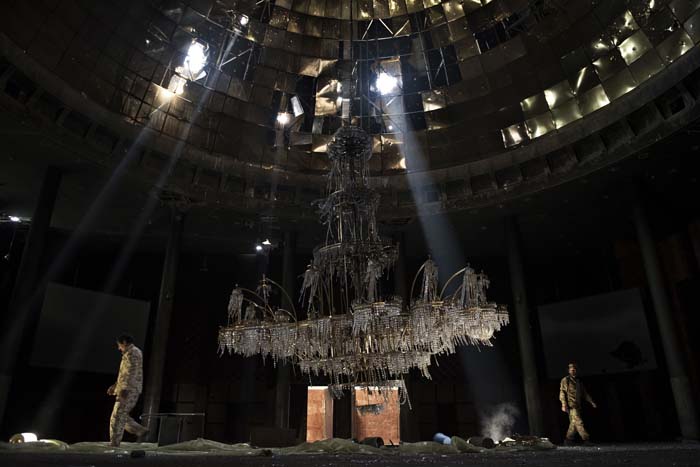
11. “Caught in the Crossfire” by Ivor Prickett
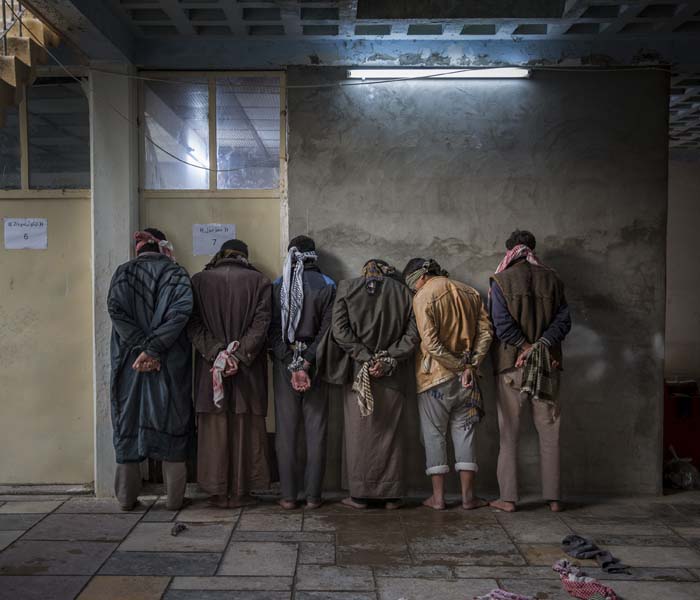
Over 800,000 people are still trapped in Mosul, according to estimates from the United Nations. Tens of thousands are sheltering in neighbourhoods declared liberated by Iraqi forces and many more remain in parts of the city under ISIS control. Humanitarian organisations continue to fear mass displacement and civilian casualties.
Many have already made the harrowing decision to flee their homes, in some cases leaving behind the bodies of loved ones who died as the fighting came to their area and had to be buried in front gardens.
The majority of the more than 130,000 people who have fled are still living in temporary camps in Iraq’s Kurdish region. Some say they are waiting for the security situation to improve, others are waiting for their homes to be rebuilt. Although well organised and supported by international organisations, the camps are isolated and winter weather has made life there very difficult for people who already endured two years of harsh rule under ISIS.
While other areas of the country were largely devoid of civilians when they were finally wrested from ISIS control, the battle for Mosul is different because so many people have been told to remain inside. As a result, progress has been slow and civilian casualties, although lower than expected, are still mounting.
12. “Pumping Iron in Russia” by Eduard Korniyenko
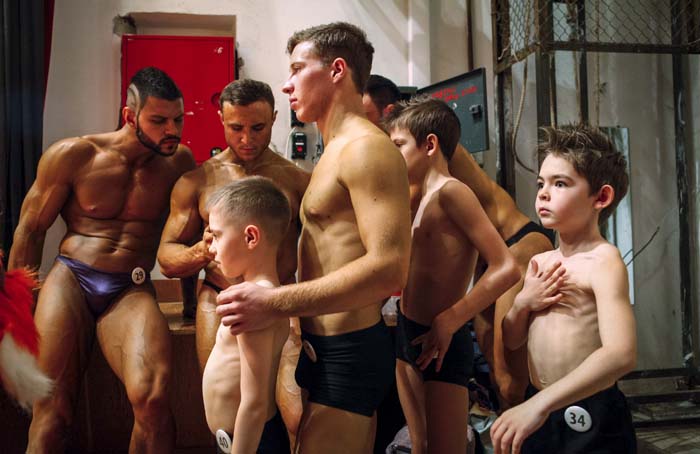
Western magazines crammed with images of unrealistically muscled male and female bodies passed from hand to hand and an additional impetus to this semi-legal sport came with the growth of Arnold Schwarzenegger’s popularity. Today, with the ban lifted, bodybuilding’s popularity has not diminished. The only difference is that some of the clubs have moved from their old basements into modern fitness centres, although the basement scene remains.
A couple of times a year the participants climb the podium during various amateur and even professional tournaments. Here you can meet anyone; tax inspectors and businessmen, housewives and popular TV presenters. Regardless of social status, or whether you live in a small town in the centre of Siberia, or in a big city, the only important thing for these people is making their bodies look perfect, and being admired by others.
13. “Li Hang could not help eating delicious food” by Li Song
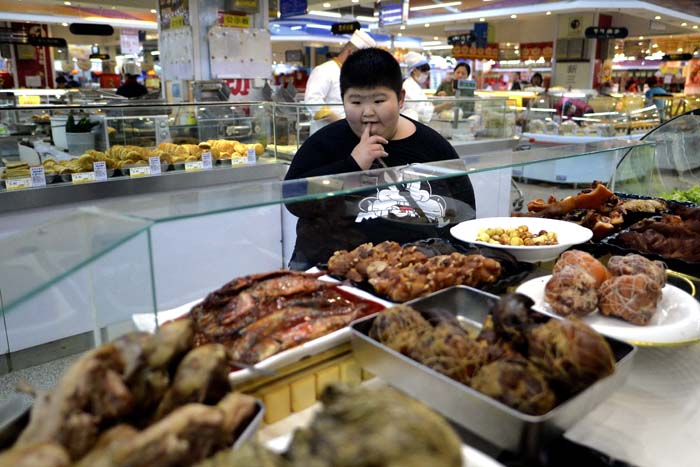
Prader-Willi Syndrome is a disease related to an abnormality in chromosome 15, and in around 70% of patients is inherited from their father. It occurs in 1 in 15000 people.
Li Hang was being treated with traditional Chinese medicine every day, including massage, acupuncture, fire treatment and cupping therapy. Aside from medical techniques, Li Hang also did a great deal of exercise daily with the fitness instructor. From his initial fear, and throughout the process, Li Hang has been greatly tormented, but he is supported by his faith in doing what is necessary to live a normal person’s life.
14. “Urban Symmetry” by Zsolt Hlinka
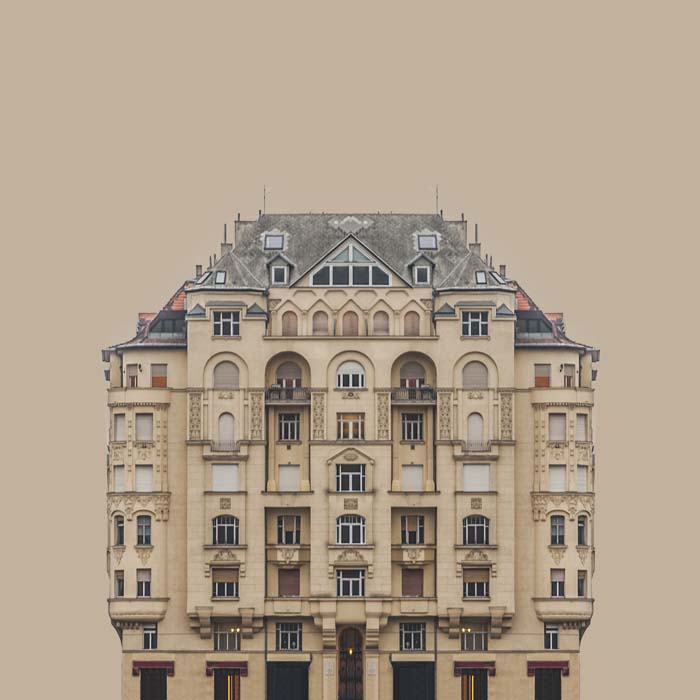
15. “Lonely Tree” by Tom Jacobi
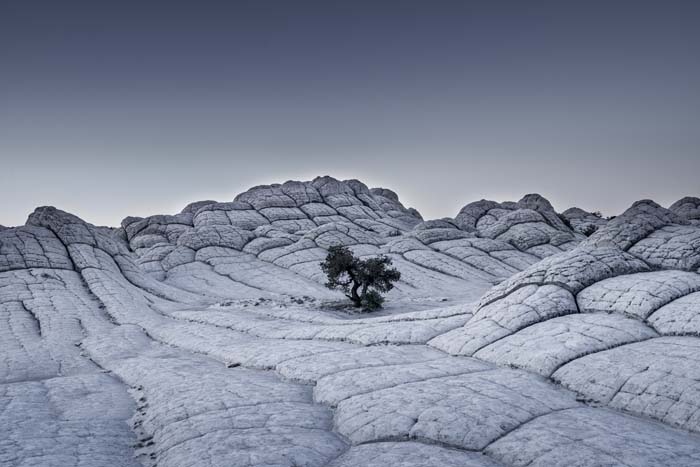
16. “A country doctor and her calling” by Ioana Moldovan
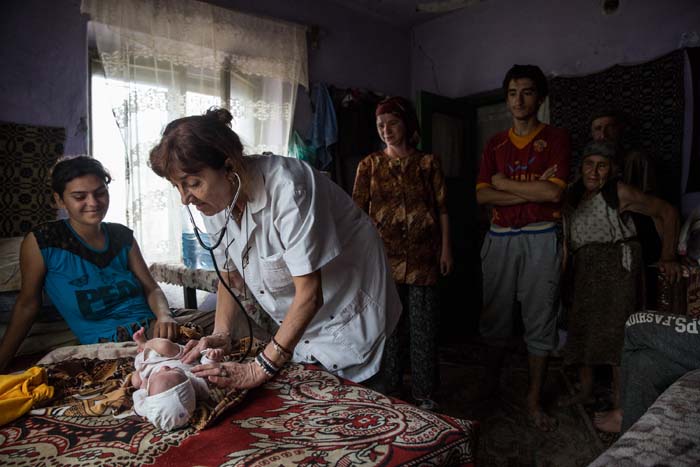
17. “The Little Bullfighters of Mexico” by Christina Simons
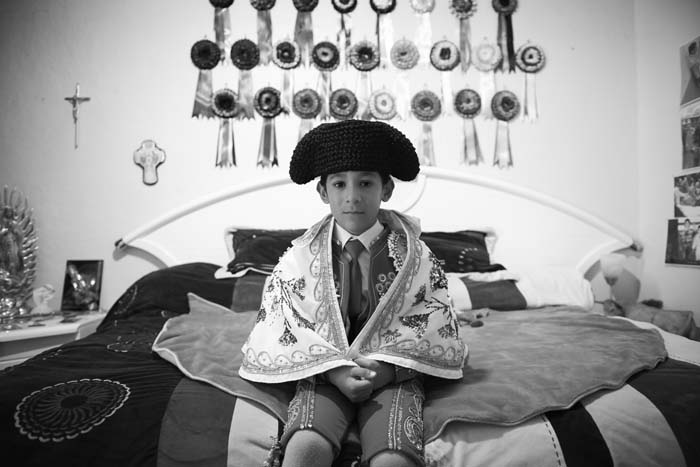
Tuition begins with a set of horns used to emulate the movement of a bull. Whilst learning how to evade contact, they must respond with the grace and style that is both customary and traditional. In time, they will work with small cows before ascending to fight smaller bulls. The bullfighting pre-season, called the Corrida de Novillos, is a proving ground for young fighters aspiring to attain the title of Matador de Toros; Both boys obsessively hope and pray to one day become professional matadors.
The tremendously talented and promising Cristobal, aged 10, has been training for 2 years. He has since been invited by the famous bullfighter “El Juli” to train with some of the greatest bullfighters in Spain.
18. “Oceti Sakowin” by Amber Bracken
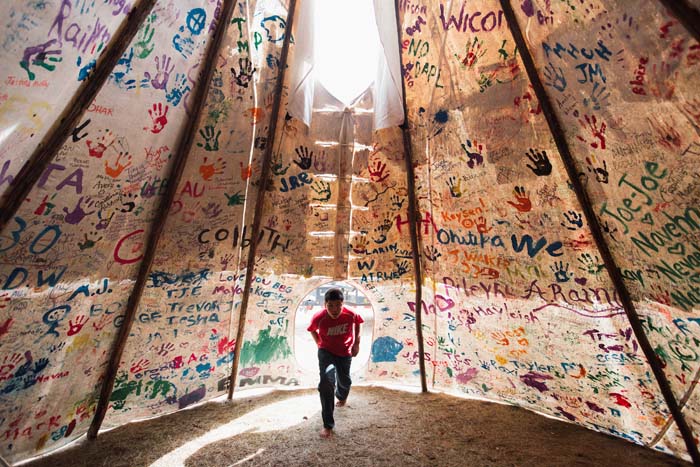
19. “Pandas Gone Wild” by Ami Vitale
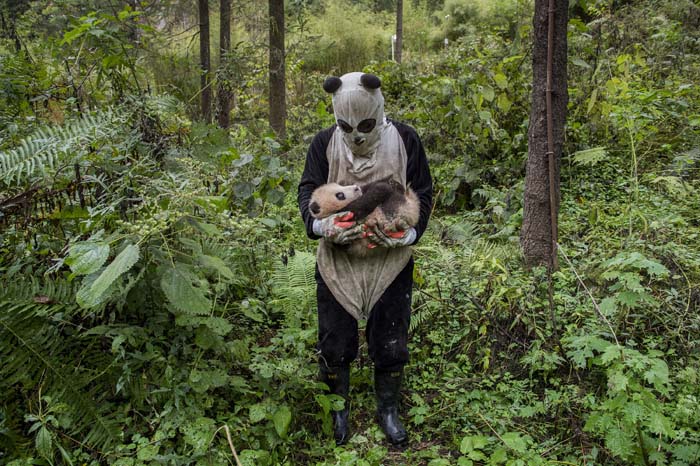
So secretive and mysterious was its solitary life, lived in the thickest of bamboo, in the highest of mountains, in mist and rain, governed and guided by smell rather than sight, that the giant panda has eluded easy answers, even while making its way into everyone’s heart.
Giant pandas have a secret life governed by their nose, and their daily diet and breeding behaviours have made them vulnerable in today’s world. With a diet almost entirely composed of the leaves, stems and shoots of various bamboo species, their reliance on bamboo left them vulnerable to any loss of habitat. Found only in central China, the entire species came dangerously close to extinction. Scientists considered the giant panda a relic species; shy, and difficult to breed in captivity.
But now there is a glimmer of hope, as years of research are finally paying off. In a region where bad environmental news is common, China cracked the code and is on its way to successfully saving its most famous ambassador. The giant panda was recently taken off the endangered species list!
20. “Egg and Soldiers” by Grant Hegedus

21. “7 Euchroma gigantea” by Felicity McCabe
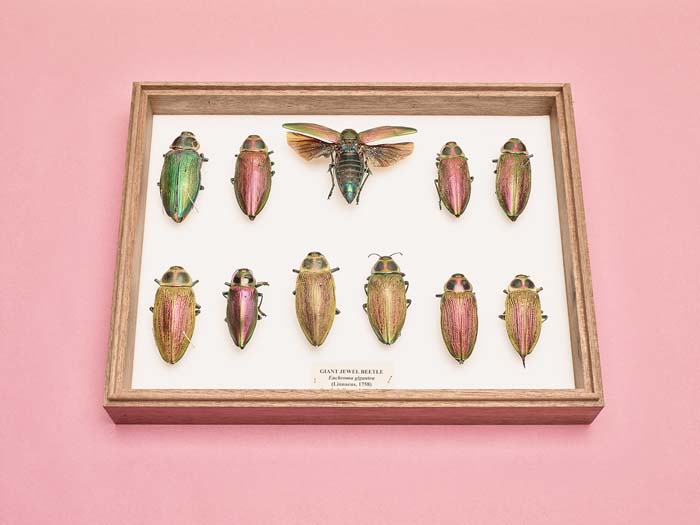
The series was made in June 2016 within the conservation rooms of the museum and was published in FT Weekend Magazine.
22. “Jacks at Cabo Pulmo” by Christian Vizl
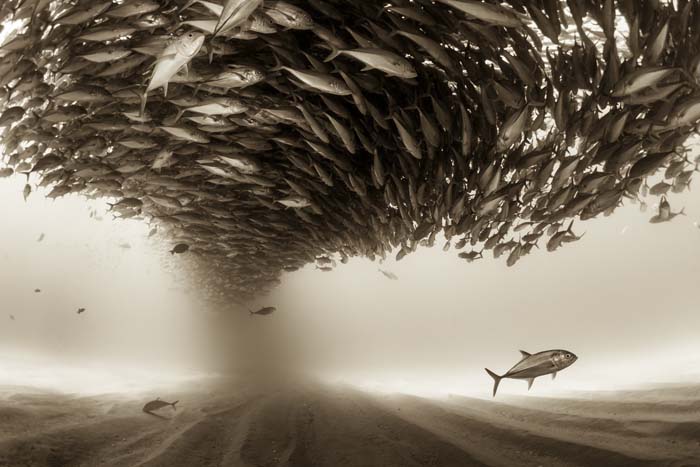
To this day I carry within me that dream; and very gratefully realise it through my photography. Each image is a visualisation of that sublime moment whereupon the beautiful marine life around me is frozen majestically in its natural environment. My intention is to capture the essence of being immersed in the experience and presence of the animal or habitat I am photographing, and to share with others their splendour and soul. I hope the images I capture contribute to the existing corpus of underwater photography in a way that energises each of us to form our own dream of preserving and creating a better world where we value and care for all expressions of life.
Ultimately our understanding and celebration of the sheer beauty and poetry of life is intrinsically linked to how we communicate and bond with the myriad configurations of life energy surrounding us. In my case, it is the ocean and its marine inhabitants which inform my observance and joy for life. I in turn communicate this through my photography of the underwater realm.
23. “Present and past” by Anisleidy Martínez Fonseca
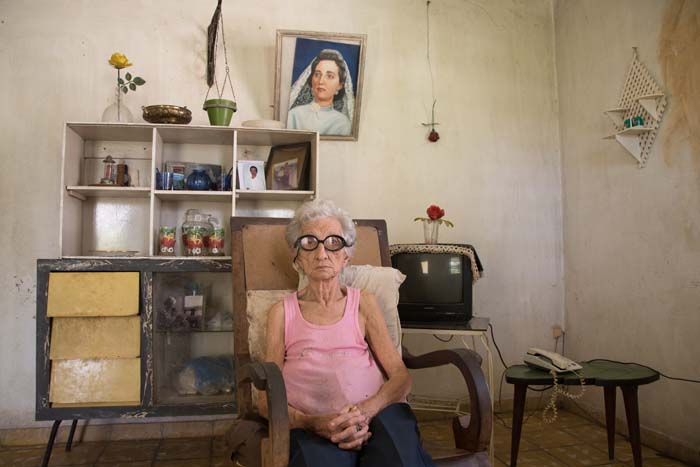
24. “The Cub” by Tim Topple
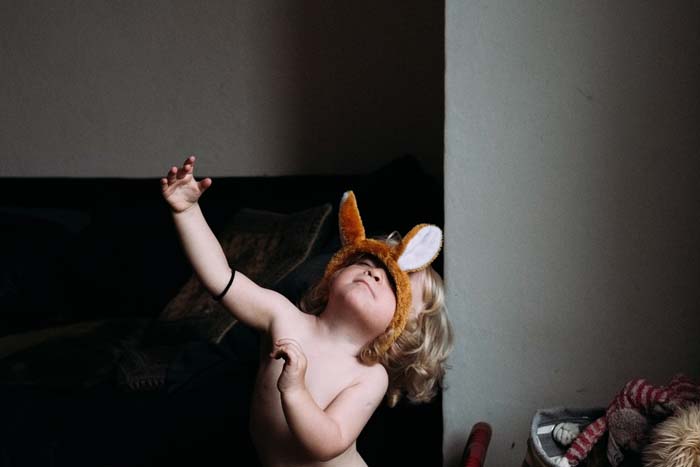
The shortlisted photographers now compete for the latest Sony digital imaging equipment and inclusion in the 2017 awards’ book and cash prizes. All winners will be announced at an awards ceremony in London on April 20, 2017 and the winning, shortlisted and commended images will all be exhibited as part of the Sony World Photography Awards at Somerset House, London.
Source: World Photography Organisation
All photographs have been taken after due permission from Sony World Photography Awards
- 1.5Kshares
- Share
- Tweet
- Facebook Messenger




